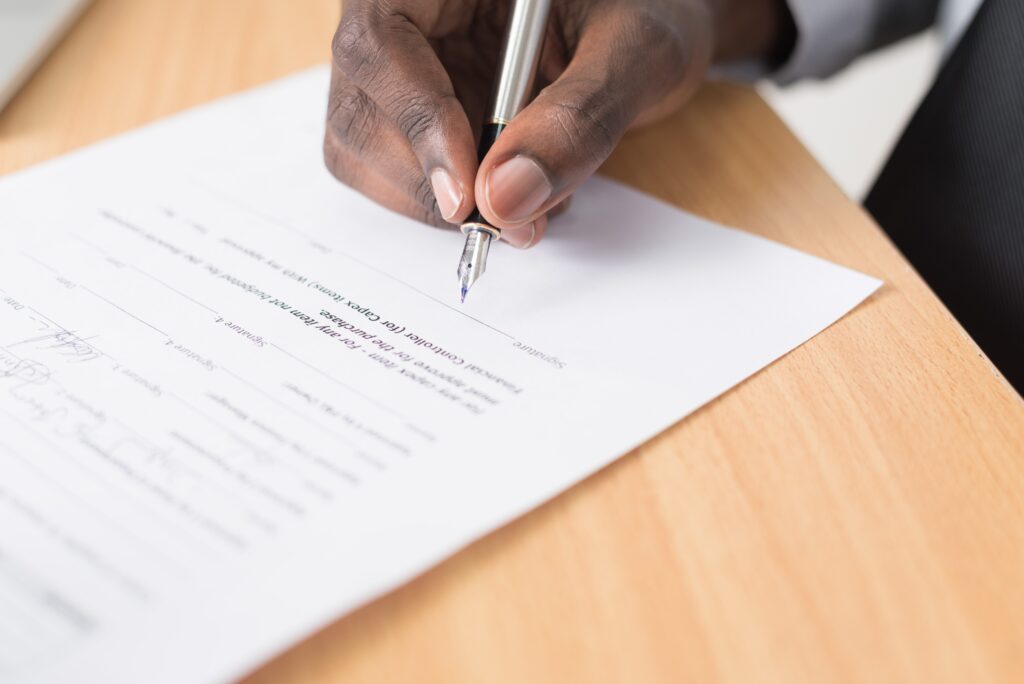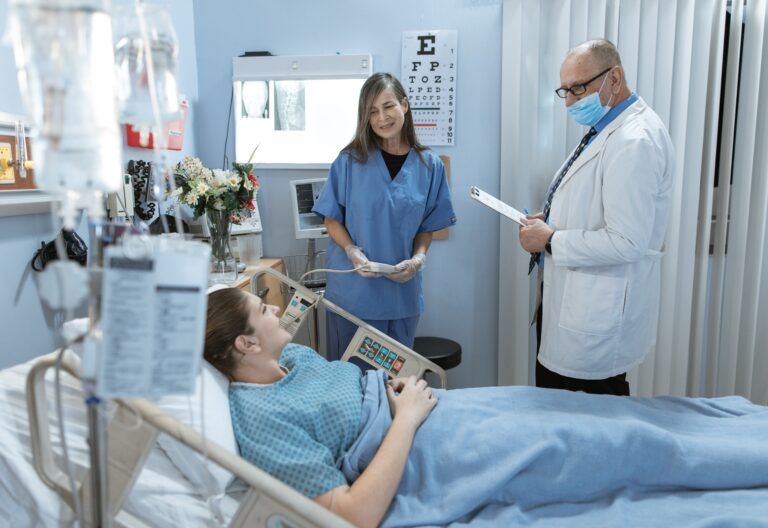One of the main advantages faxing has over other methods of transmitting data is its security features. Fax services offer far more robust data protection than newer messaging technologies like emails.
When faxing medical records and confidential documents, these services keep all sensitive information private with end-to-end encryption. This means that your fax does not go through a series of various networks, which then decreases the risk of your data being hacked or compromised.
For this reason alone, fax continues to grow in popularity, especially in industries like healthcare that deal with private information.
When faxing medical records and other sensitive files, it is important to have a comprehensive understanding of HIPAA standards and best practices. This can save you a whole lot of stress when sending documents via online fax. If you familiarize yourself with these, you can avoid paying a dizzying amount in penalties if you violate any of the HIPAA rules.
Fortunately, this article can help ensure that you are HIPAA compliant when faxing patient information or other sensitive data. Before you hit “send,” ask yourself these important questions.
Table of Contents
- Why Is a HIPAA Cover Sheet Important?
- Do You Check the Fax Number of the Recipient?
- Why Is It Necessary to Keep Fax Logs?
- Do You Have Policies About Online Faxing?
- Do You Have a Designated Area for Your Fax Machine?
- Do You Schedule Preventive Maintenance?
1. Why Is a HIPAA Cover Sheet Important?
A HIPAA fax cover sheet is an important piece of document that aims to protect the information being transmitted. It’s the first page sent to ensure that only the authorized person or recipient can receive the record or file.
How can you make a fax cover sheet? Fortunately, there are no set guidelines from HIPAA regarding what a fax cover sheet should look like. That being said, there’s a plethora of templates you can download online. You may visit iFax to get yours at no cost.
However, it is recommended that fax cover sheets should contain specific details such as:
- the time and date you faxed the documents
- the recipient’s name and fax number
- the sender’s name and fax number
When faxing medical records, your cover sheet should not include the patient’s name or any other patient health information (PHI). For more information on creating a HIPAA-compliant fax cover sheet, see this checklist.
2. Did You Check the Fax Number of the Recipient?
The only time faxing medical records is a HIPAA violation is when you send it to the wrong person. For this reason, you must double-check the fax number of your recipient before you start sending the document. Otherwise, you run the risk of sending sensitive information to an unauthorized person.
3. Why Is It Necessary to Keep Fax Logs?
A great feature of digital fax services is the ability to keep records of documents with the corresponding transmission information. This handy feature can be used as proof that a document was sent to the correct recipient. Just make sure that you thoroughly read and orient yourself with the privacy, access, and retention policies of your fax service provider.

4. Do You Have Policies About Online Faxing?
Ideally, your company should have a clear set of rules in place when it comes to sending files via online fax. These policies should cover basic faxing etiquette as well as contingency plans in case someone faxes confidential paperwork to the wrong person.
Is there a designated person who is charged with faxing medical records? Can anyone in your organization do it? You may select from your organization certain individuals who are allowed to send and receive PHI or whatever confidential files and documents you deal with regularly.
Your organization should also have policies regarding storing, copying, and disposing of PHI faxes. This way, you will not regularly find yourself and your employees asking, “Is faxing medical records a HIPAA violation?”
5. Do You Have a Designated Area for Your Fax Machine?
If you are still using a traditional fax machine to transmit documents, you need to set aside a secure area for it. You can amp up the security by limiting access to authorized personnel only. Don’t forget to designate a specific room where you store physical copies of faxed documents.
6. Do You Schedule Preventive Maintenance?
As with any other equipment, a fax machine requires maintenance to ensure optimum performance. If not properly maintained, they can soon start malfunctioning or producing blurry documents. This may cause problems for you and your business, especially when you need to transmit time-sensitive information.
Make sure that you keep a healthy communication line between you and your fax machine manufacturer. Have them do a routine check-up based on their recommendations. Always see to it that all problems, big or small, are repaired right away.
Why You Need to Switch to Online Faxing
If maintenance is too much work for you, why not switch to online fax services? Aside from saving yourself the hassle of having to deal with a machine, faxing medical records or legal documents can be done using your computer, mobile phone, or tablet.
With iFax, you can enjoy a seamless faxing experience. What’s even better is that customer service is available 24/7. If you do experience an issue, they can help you sort it out right away. Download the app now and explore what iFax has to offer.
How to Comply With HIPAA When Sending Fax Online
iFax has robust and extremely reliable security measures in place to ensure you will always be HIPAA compliant when faxing medical records. As a pioneering fax app, iFax always puts data protection at the forefront.
The company uses military-grade 256-bit end-to-end encryption. This guarantees that you and your business will always be protected against any cyber attacks or data breaches.
Join over five million other people who are currently enjoying this safety feature and more. What are you waiting for? Download the fax app today.







